The 1950s set the stage for what would become the muscle car revolution. Detroit’s automakers began experimenting with high-compression V8 engines, dual carburetors, and performance-oriented trims that hinted at the horsepower wars to come. While the full-blown muscle car movement would explode in the 1960s, the ’50s delivered plenty of influential machines that embodied the spirit of speed and style. Here’s a look at the most important performance cars from the decade.
Oldsmobile Rocket 88 (1949–1957)
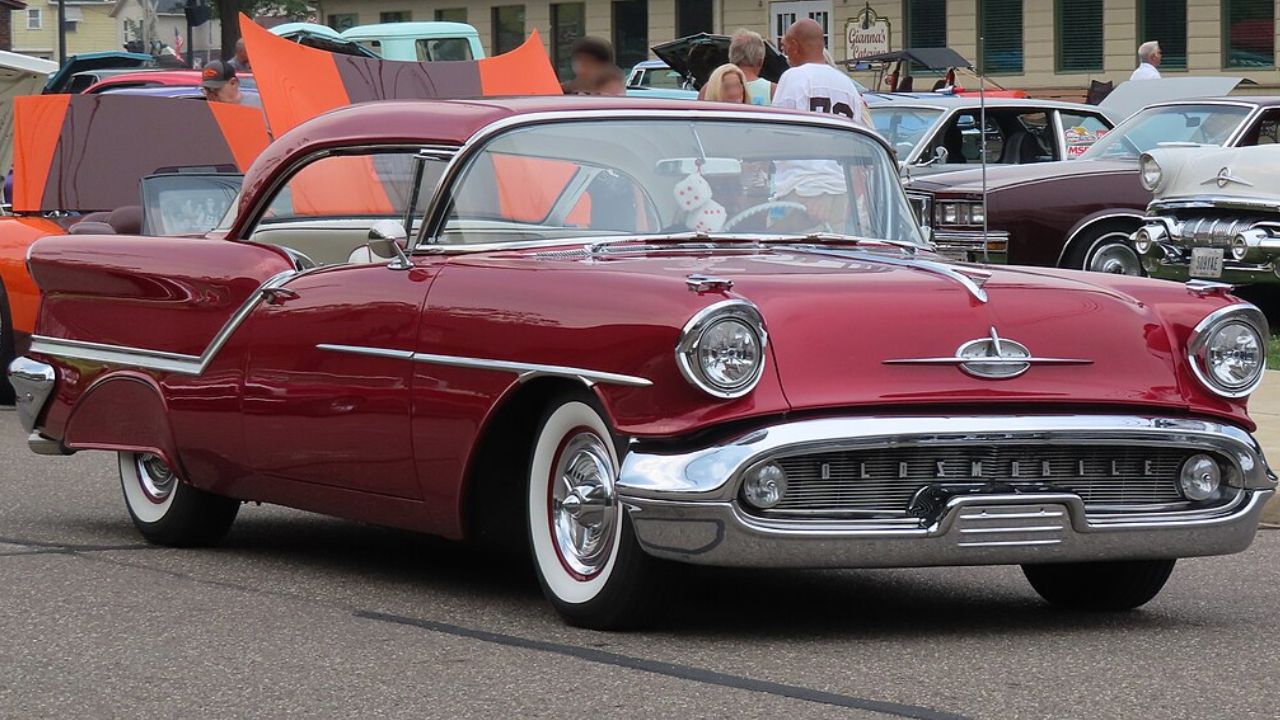
Often regarded as the first true muscle car, the Oldsmobile Rocket 88 combined a relatively light body with the brand’s 303-cubic-inch overhead-valve V8. With up to 135 horsepower in its early form and later versions topping 200 horsepower, it offered impressive acceleration for its time. The Rocket 88 dominated NASCAR’s early years and became a favorite on the street and strip. Its success showed Detroit that buyers wanted power, paving the way for performance-focused cars throughout the decade.
Hudson Hornet (1951–1954)
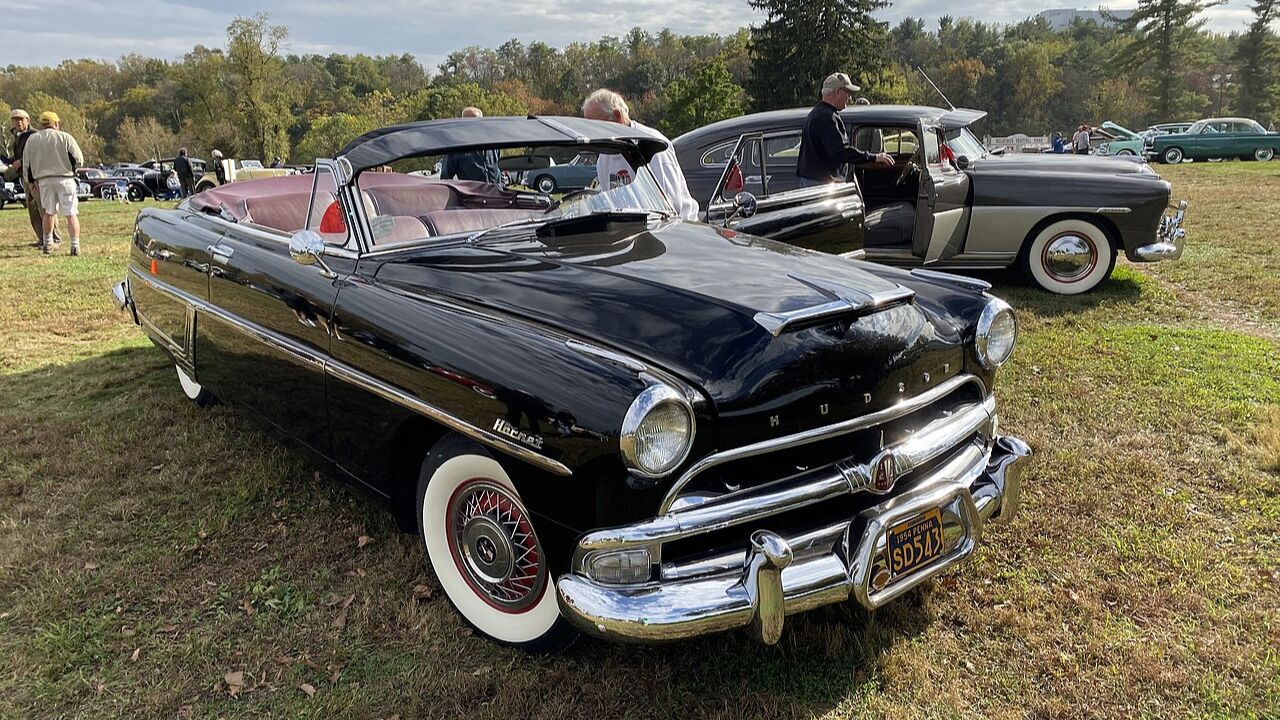
The Hudson Hornet gained fame both on the street and the stock car circuit. Equipped with a powerful 308-cubic-inch inline-six producing up to 210 horsepower with the “Twin H-Power” dual carb setup, the Hornet punched well above its weight. Its low-slung step-down chassis provided superior handling compared to many rivals, making it a force in early NASCAR racing. Though not a V8, the Hornet’s mix of power and handling earned it muscle credentials long before the term became popular.
Chrysler 300 “Letter Series” (1955–1959)
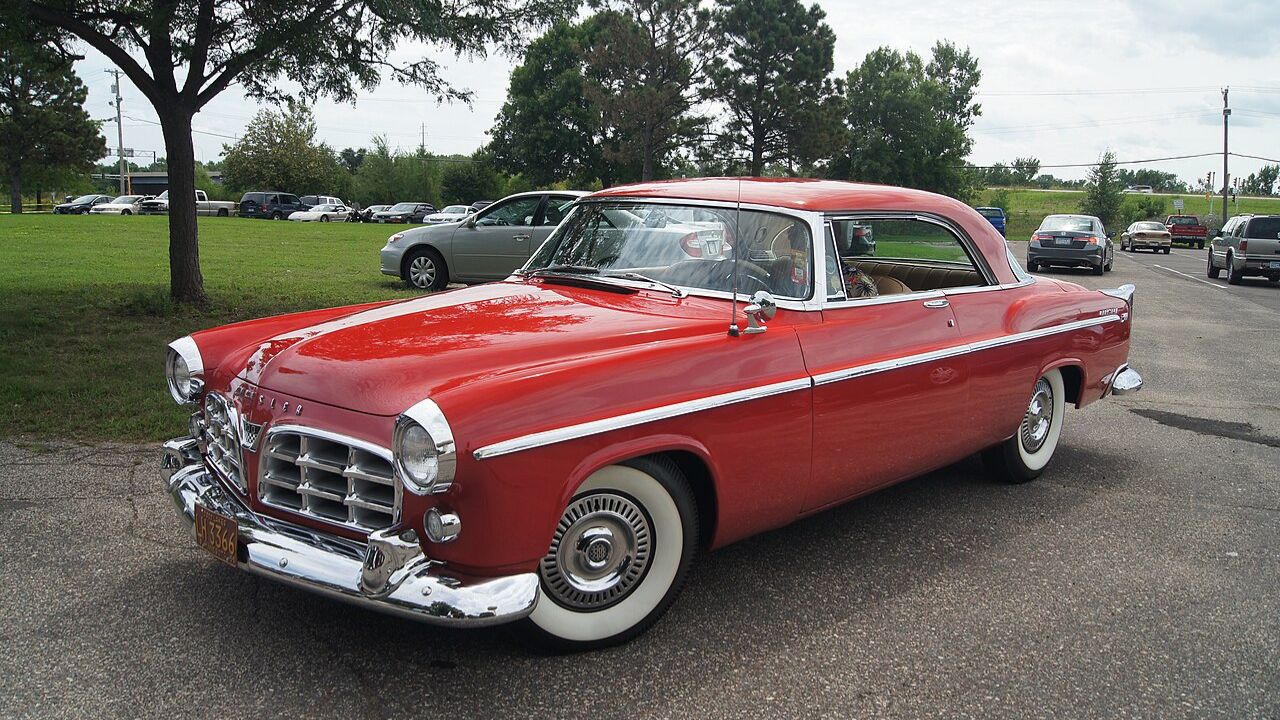
Chrysler’s 300 “letter cars” debuted in 1955 with the C-300, featuring a 331-cubic-inch HEMI V8 rated at 300 horsepower. This made it the most powerful American production car of its time. Each subsequent model year added displacement and horsepower, with the 1959 300E offering a 413 V8 producing 380 horsepower. With leather interiors, sleek styling, and serious performance, the 300 series set the bar for factory-built luxury muscle and foreshadowed the big-block era of the 1960s.
Chevrolet Corvette (1953–1959)
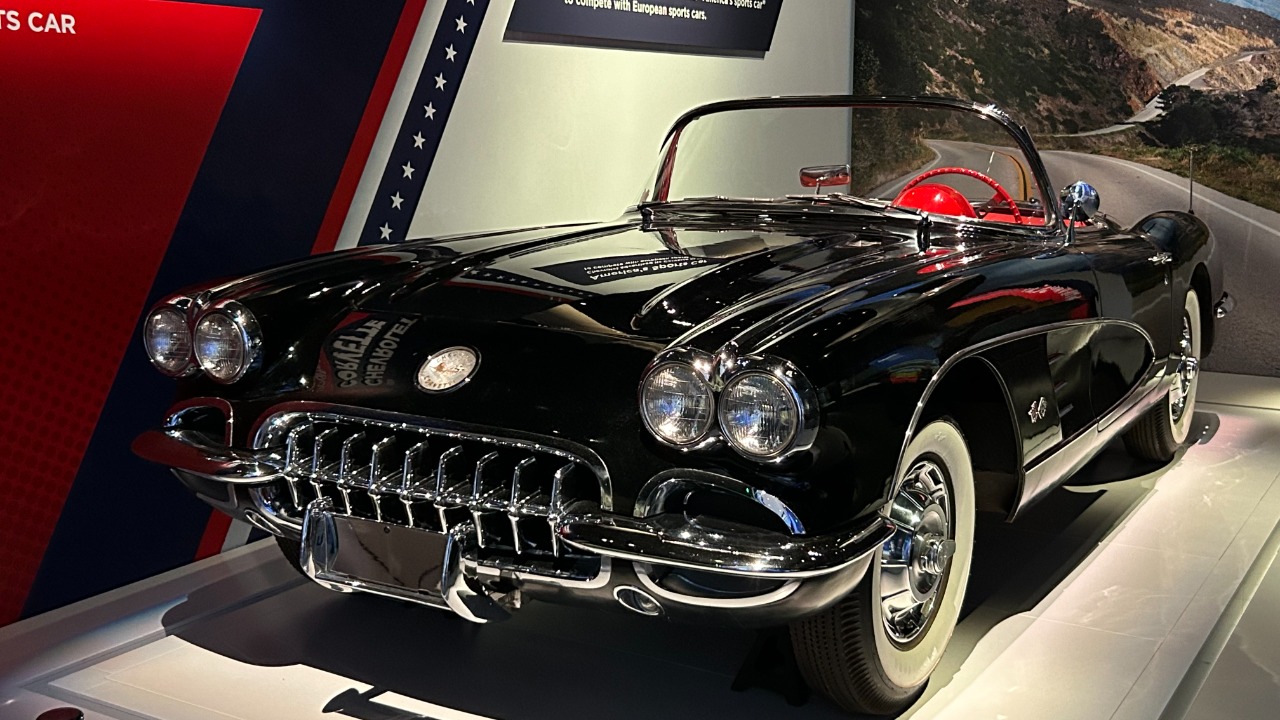
While initially underpowered, the Corvette became a legitimate performance car once Chevrolet introduced its small-block V8 in 1955. The 265-cubic-inch engine made the lightweight two-seater a genuine sports performer. By 1957, the Corvette offered fuel injection and up to 283 horsepower, giving it one horsepower per cubic inch. With racing success and rising popularity, the Corvette helped prove that performance could be a selling point, setting the tone for muscle and sports cars of the following decades.
Ford Thunderbird (1955–1957 Performance Models)
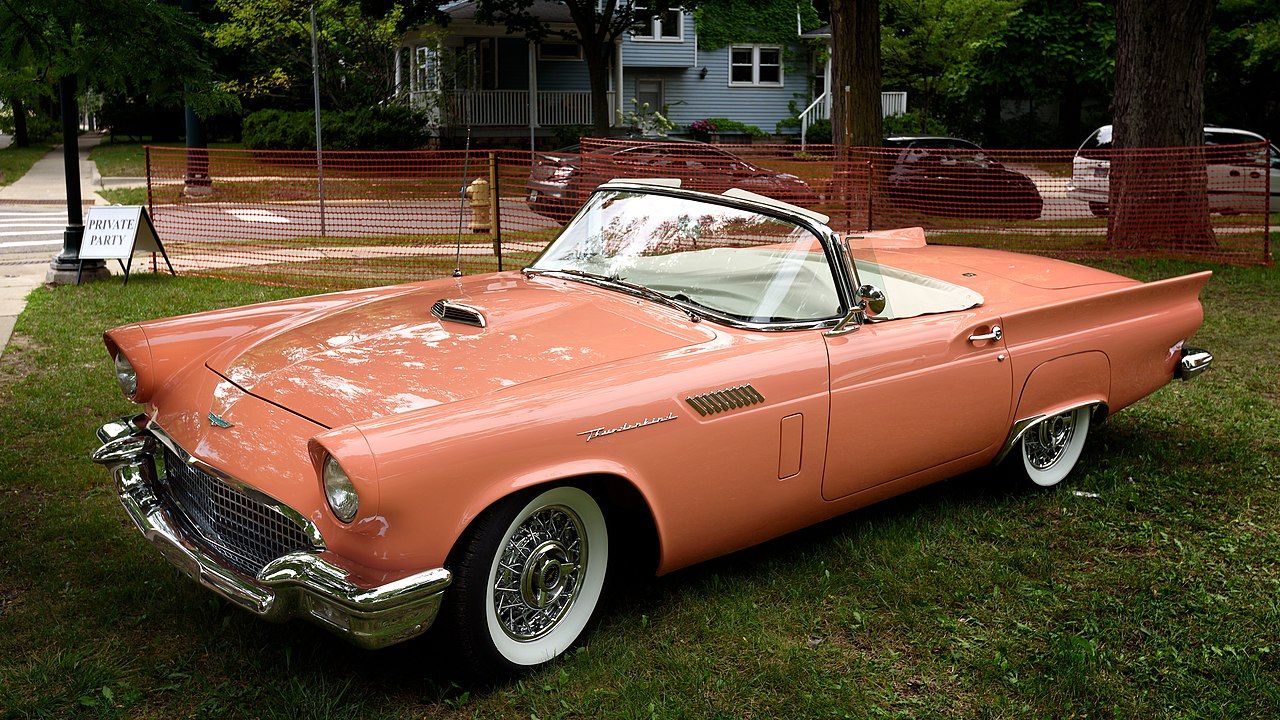
The Thunderbird was marketed as a “personal car,” but with V8 engines up to 312 cubic inches, it had real performance chops. Early models were available with over 200 horsepower, and by 1957, the optional supercharged 312 V8 delivered 300 horsepower. Though heavier than the Corvette, the Thunderbird’s blend of style and speed gave Ford credibility in the performance market. While it shifted toward luxury after 1958, its early years contributed to the muscle car foundation.
Studebaker Golden Hawk (1956–1958)
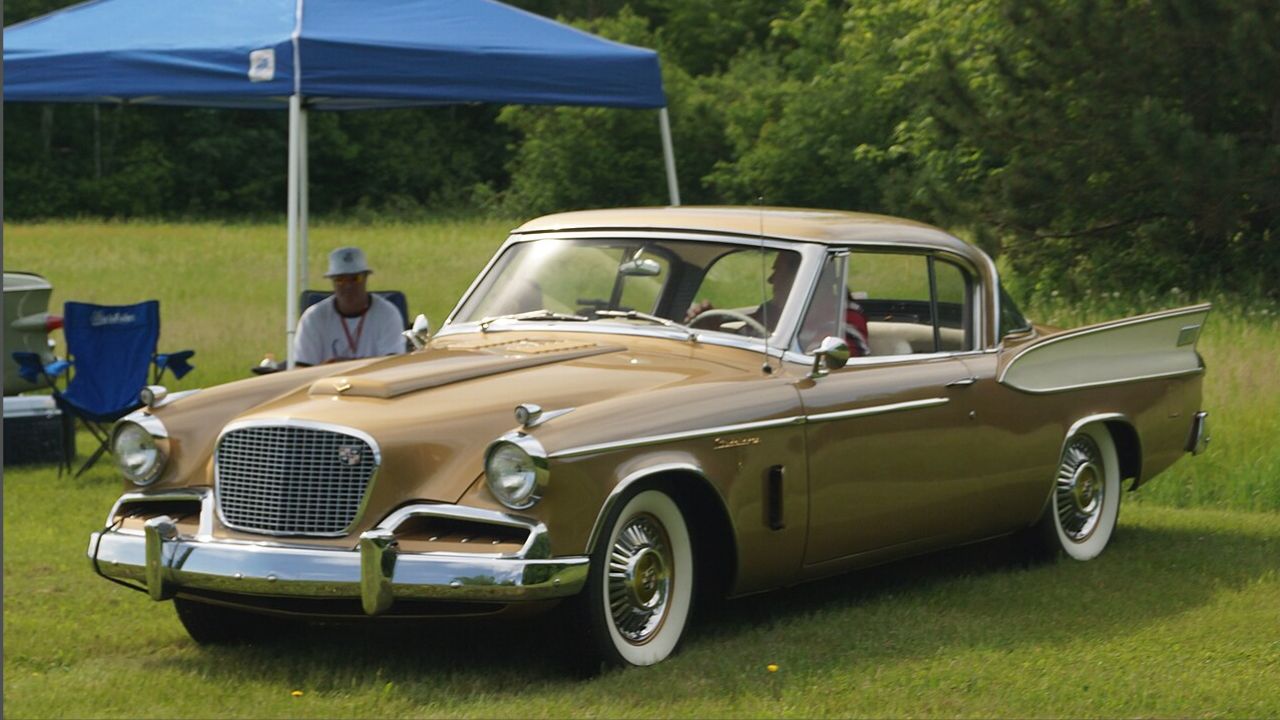
Studebaker’s Golden Hawk brought serious performance to a smaller independent automaker. Powered by a Packard-supplied 352-cubic-inch V8 with 275 horsepower in 1956, and later a supercharged 289 V8, the Golden Hawk was among the fastest cars of its day. With a power-to-weight ratio better than many rivals, it delivered strong straight-line speed. Though production numbers were low, the Golden Hawk earned a reputation as a true performance machine that proved muscle wasn’t limited to Detroit’s Big Three.
Pontiac Bonneville (1957–1959 Fuel-Injected Models)
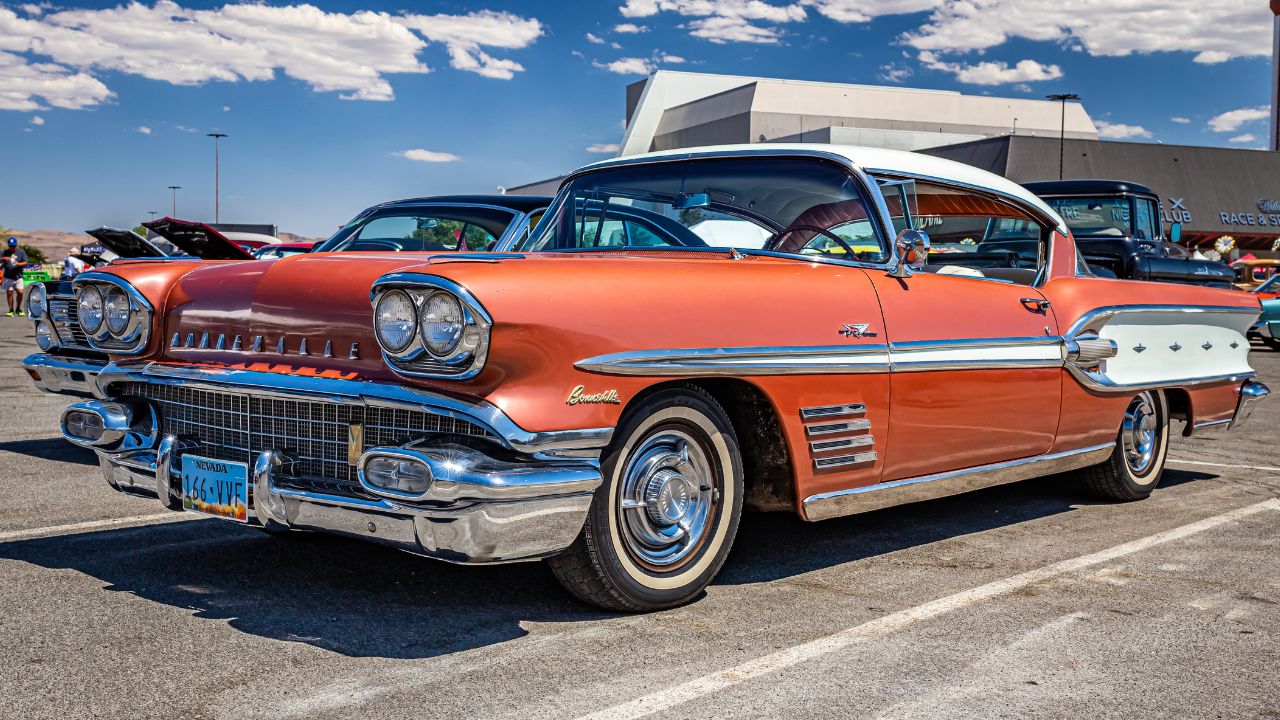
Pontiac was still building its performance image in the 1950s, but the Bonneville gave the brand an early halo car. The 1957 Bonneville debuted with Rochester fuel injection on its 347-cubic-inch V8, producing 310 horsepower. Only 630 were built that year, making it rare but significant. By the end of the decade, Pontiac was offering 389 V8s with Tri-Power setups, signaling the muscle cars it would dominate the ’60s with. The Bonneville proved Pontiac’s potential in the performance market.
Dodge D-500 (1956–1959)
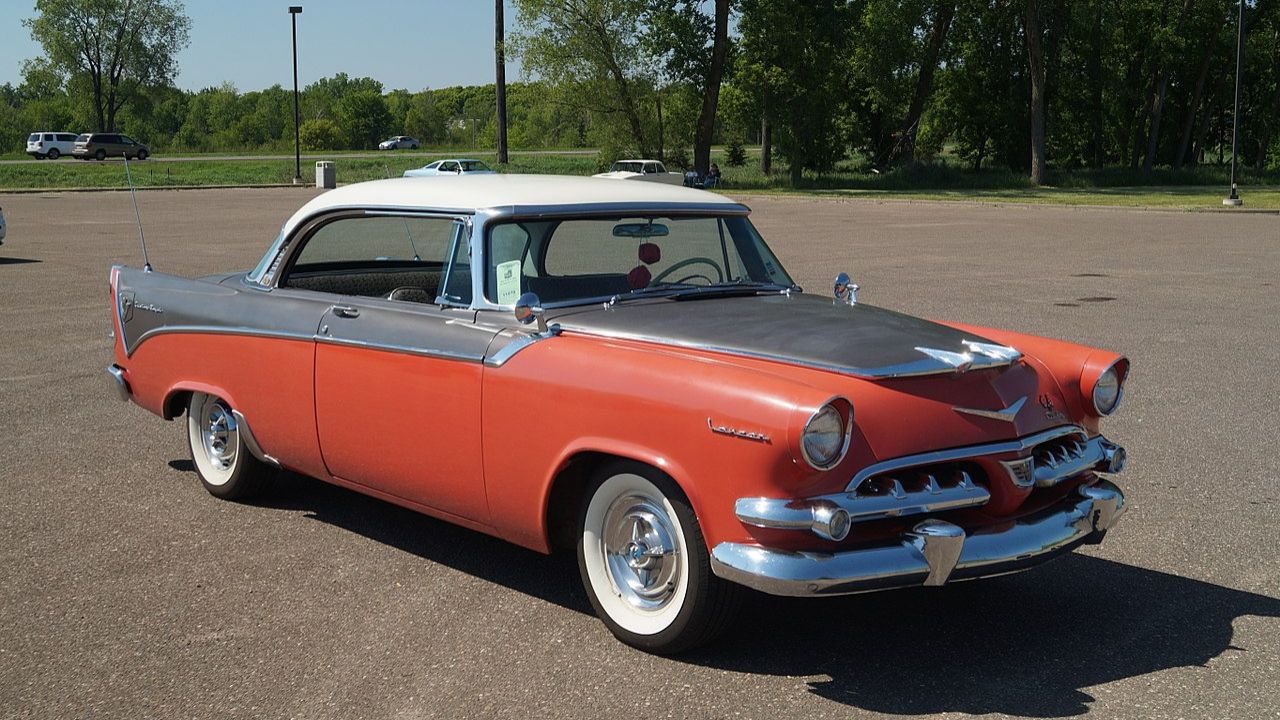
The Dodge D-500 was a performance package offered on Dodge’s full-size cars, starting in 1956. It featured a 315-cubic-inch HEMI V8 rated at 260 horsepower, later expanding to larger-displacement V8s with even more output. These cars also received heavy-duty suspension and brakes, making them competitive both on the street and in NASCAR. The D-500 was Dodge’s first real performance badge and played a major role in establishing its muscle car credentials heading into the 1960s.
Plymouth Fury (1956–1959)
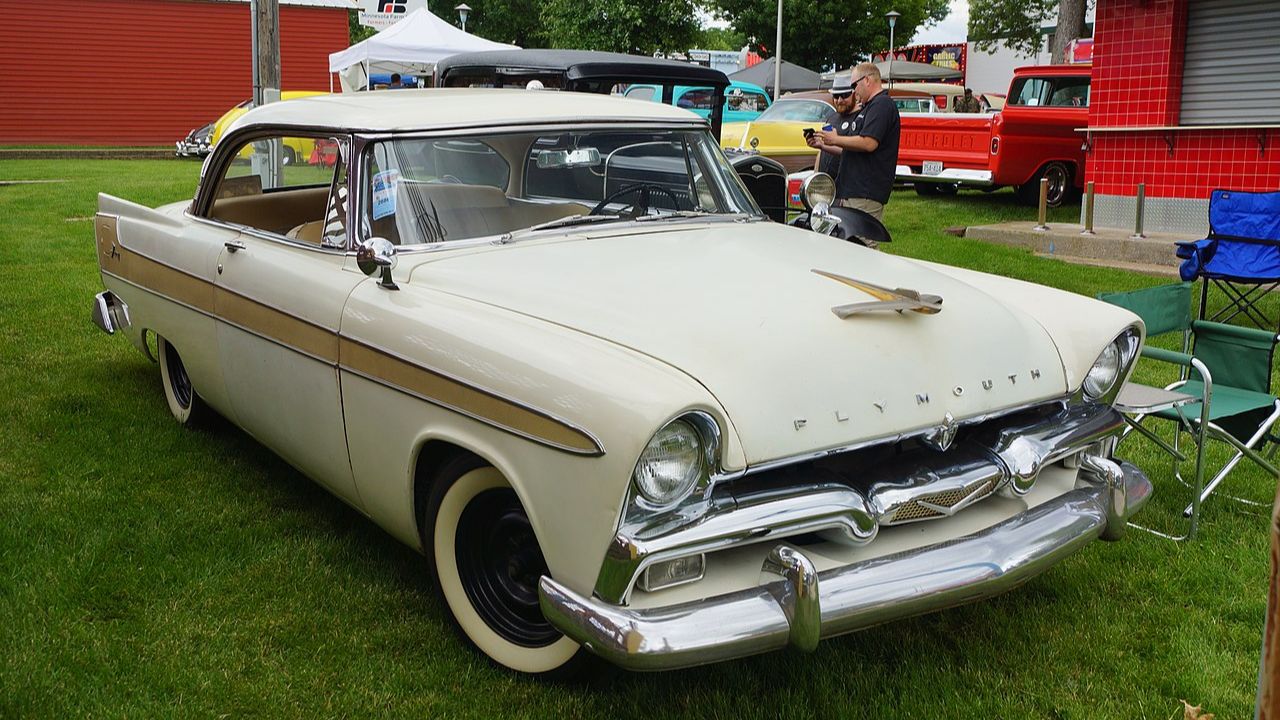
Plymouth joined the performance market with the Fury, introduced in 1956 as a limited-production, high-performance model. Early versions offered a 303-cubic-inch V8 with 240 horsepower, and later models featured engines like the 318 and 361 V8s with dual four-barrel carburetors. With lightweight construction and respectable speed, the Fury gave Plymouth credibility in the emerging muscle car market. By the end of the decade, the Fury had grown in size and power, foreshadowing the muscle cars that would follow.
Like Fast Lane Only’s content? Be sure to follow us.
Here’s more from us:
*Created with AI assistance and editor review.

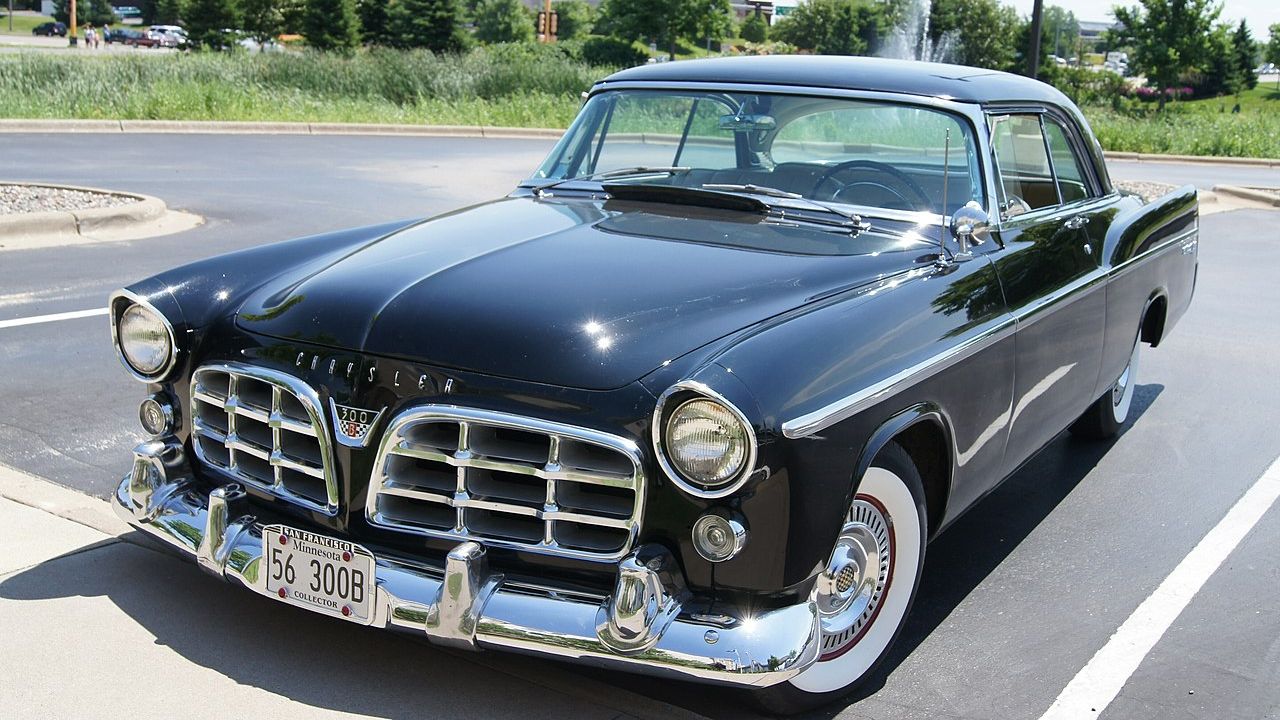
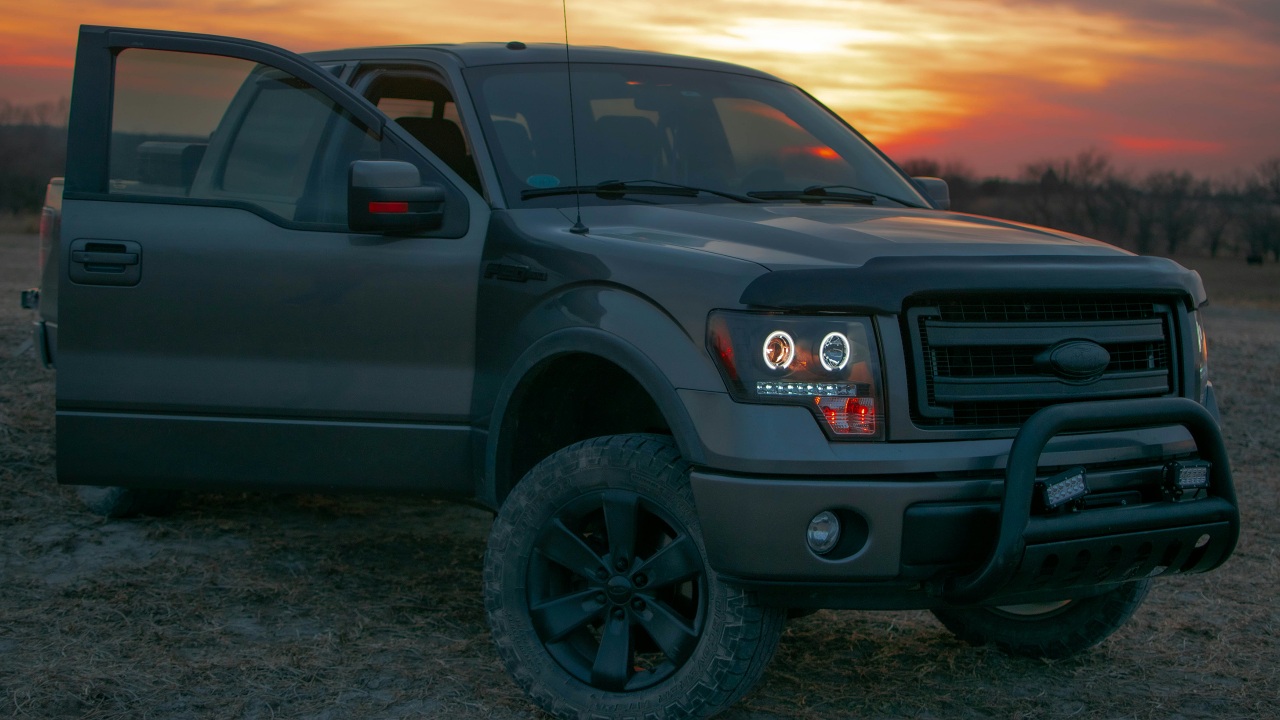
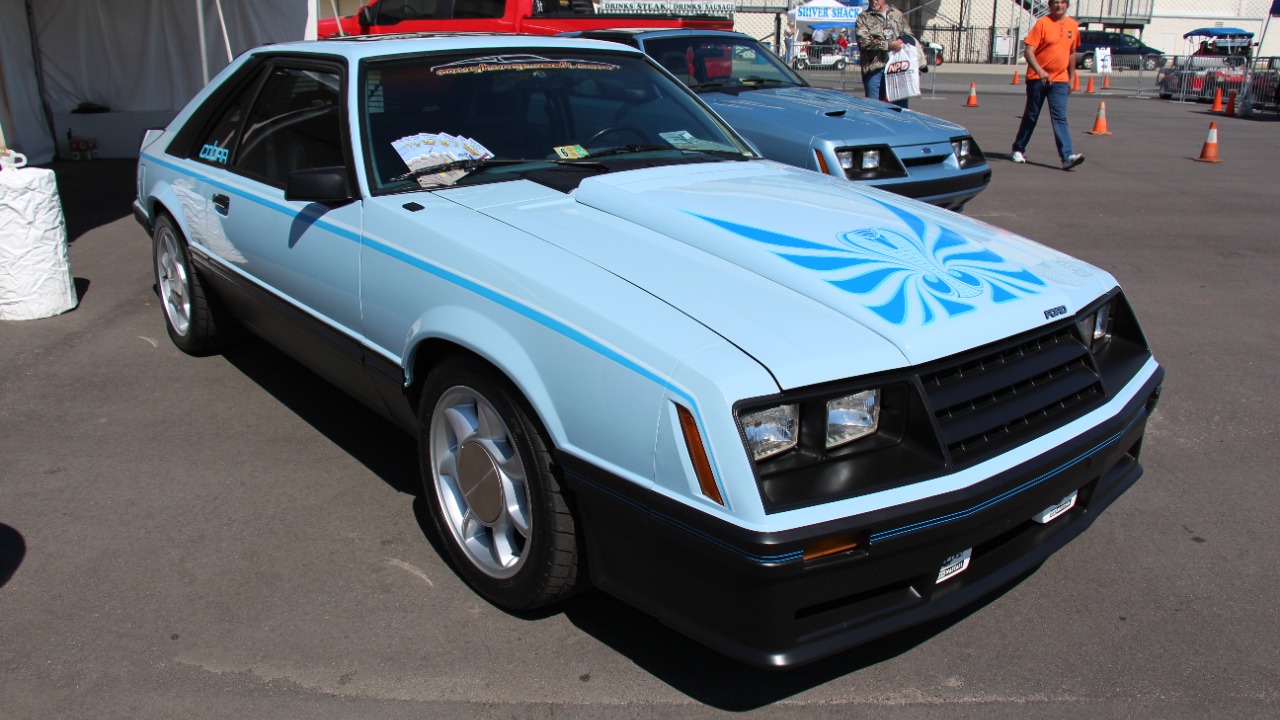
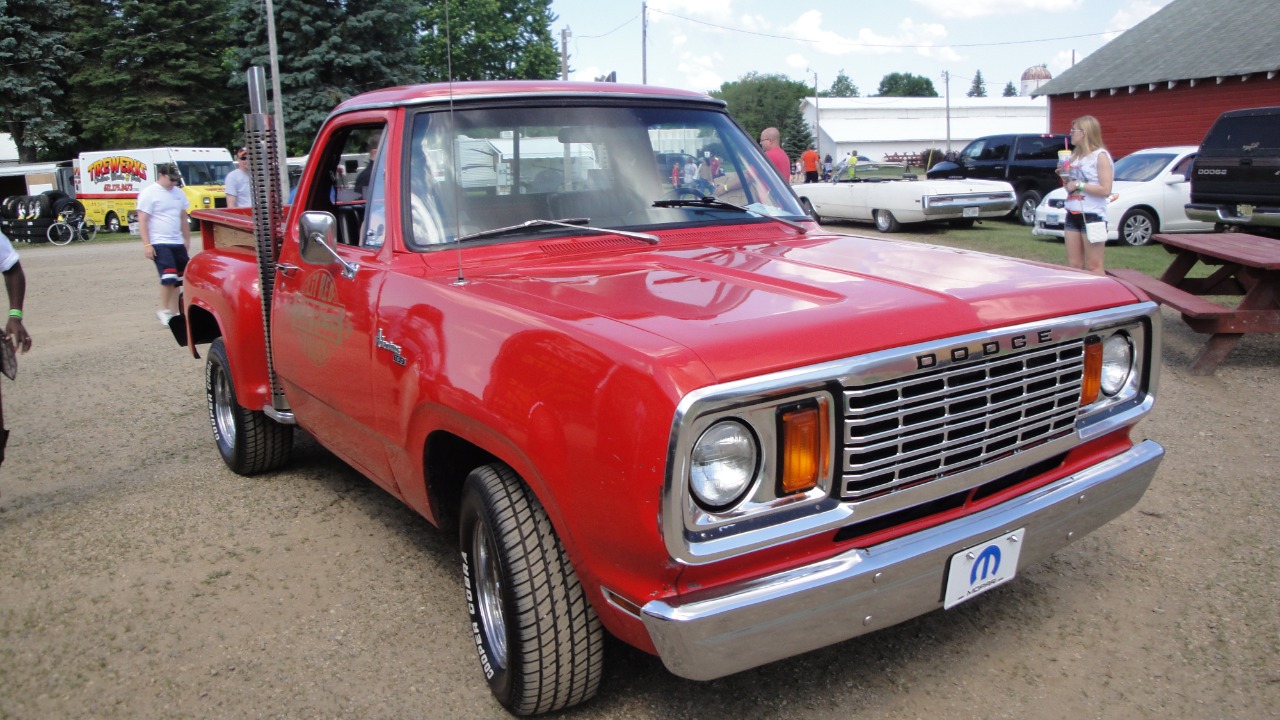

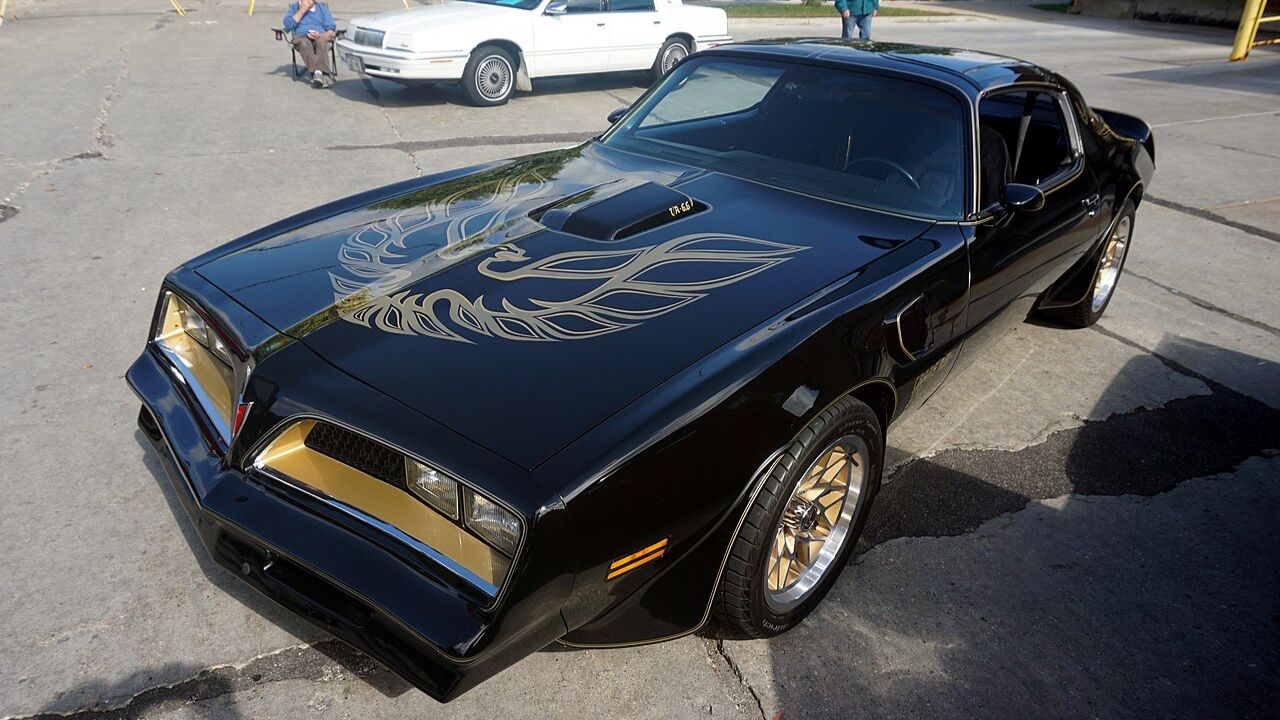
Leave a Reply